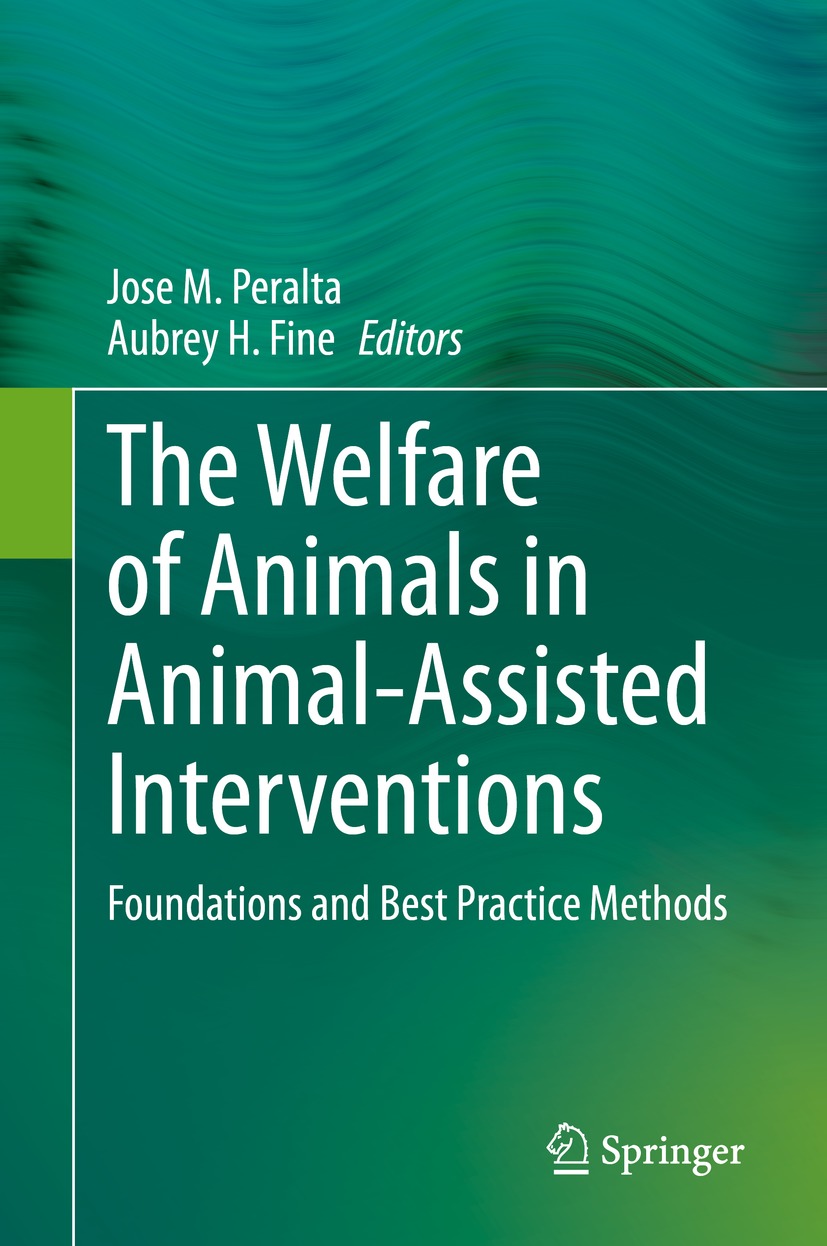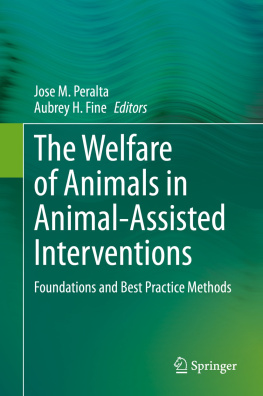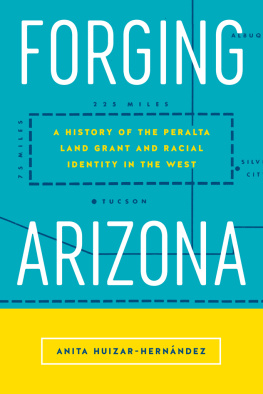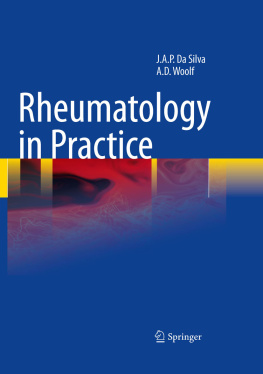Jose M. Peralta - Foundations and Best Practice Methods
Here you can read online Jose M. Peralta - Foundations and Best Practice Methods full text of the book (entire story) in english for free. Download pdf and epub, get meaning, cover and reviews about this ebook. publisher: Springer International Publishing, genre: Romance novel. Description of the work, (preface) as well as reviews are available. Best literature library LitArk.com created for fans of good reading and offers a wide selection of genres:
Romance novel
Science fiction
Adventure
Detective
Science
History
Home and family
Prose
Art
Politics
Computer
Non-fiction
Religion
Business
Children
Humor
Choose a favorite category and find really read worthwhile books. Enjoy immersion in the world of imagination, feel the emotions of the characters or learn something new for yourself, make an fascinating discovery.
- Book:Foundations and Best Practice Methods
- Author:
- Publisher:Springer International Publishing
- Genre:
- Rating:3 / 5
- Favourites:Add to favourites
- Your mark:
- 60
- 1
- 2
- 3
- 4
- 5
Foundations and Best Practice Methods: summary, description and annotation
We offer to read an annotation, description, summary or preface (depends on what the author of the book "Foundations and Best Practice Methods" wrote himself). If you haven't found the necessary information about the book — write in the comments, we will try to find it.
Foundations and Best Practice Methods — read online for free the complete book (whole text) full work
Below is the text of the book, divided by pages. System saving the place of the last page read, allows you to conveniently read the book "Foundations and Best Practice Methods" online for free, without having to search again every time where you left off. Put a bookmark, and you can go to the page where you finished reading at any time.
Font size:
Interval:
Bookmark:


This Springer imprint is published by the registered company Springer Nature Switzerland AG
The registered company address is: Gewerbestrasse 11, 6330 Cham, Switzerland
Dedication for Jose M Peralta
To Amaya and Ana, who have always stood behind me and unwaveringly supported me through the pursuit of this and many other fun dreams and interesting projects.
To my parents who, by their example, always pointed me in the right direction.
Dedication for Aubrey H Fine
my wife, Nya
A remarkable human being,
A caring and loving wife, mother, and grandmother
And a wonderful companion in life.
The best is yet to be.
And
To all my Companion Animals Over the Years
This book is a tribute to your lives. You have inspired me to assure that all therapy animals well-being must be prioritized and greatly appreciated.
Some years ago I attended a meeting on animal-assisted therapy held in a basement room that could be reached by an escalator. Naturally, many therapy dogs were in attendance, along with their respective humans. However, some of the well-shod two-legged participants seemed not to realize that barefooted four-legged participants might be terrified of stepping onto the moving, uneven, metallic surface of an escalator with all its potential to pinch soft foot pads. This experience told me that even among people who are closely connected to animals and care deeply about them, knowledge about the animals welfare cannot be taken for granted.
This new book provides practitioners of animal-assisted interventions with a systematic examination of animal welfare and an introduction to the field of animal welfare science. To date, much of that science has been focused on animals in institutionalized settings such as farms, laboratories, and zoos. This book shows how scientific thinking about animal welfare is relevant and important for the very different issues that arise in animal-assisted interventions.
Some of the themes that emerge in the book are ones that have been emphasized only recently in animal welfare research. One is the human dimension of animal welfare. For decades, research was strongly focused on how animals are influenced by their surroundings pen size, air quality, enrichment devices, and so on. But thanks to a few pioneers, we realize that animal welfare also depends strongly on the skill, knowledge, and attitudes of the people providing care (e.g., Hemsworth and Coleman 2011; Cole and Fraser 2018). This point may be especially true in animal-assisted interventions where human involvement is so prominent and often so complex.
The book also has deep resonance with the theme of One Welfare a term that is now being used to emphasize that the welfare of people and the welfare of animals are closely connected and that both depend on the integrity of the environments that we share (Garcia Pinillos et al. 2016). A One-Welfare lens helps us re-focus many animal welfare issues. The hoarding of animals is now recognized as caused by a distinct mental illness, and successful intervention requires animal protectionists and mental health services to work together. The neglect of animals is often caused by declining health, financial difficulties, or dementia on the part of the person responsible, and the solution requires that we attend to the welfare of all parties. And environmental disturbances such as climate change pose a great challenge to both human and animal welfare. A One-Welfare lens is clearly important for animal-assisted interventions, causing us to ask what knowledge, what training methods, and what environmental features lead to good outcomes for both the people and the animals.
Experience in animal-assisted interventions also has the potential to expand our basic understanding of animals and animal welfare. A lot of research follows an experimental model where, for example, groups of animals receive different treatments and the group responses are then compared statistically. Powerful as this method is for testing hypotheses, we can gain a different kind of understanding of animals by attending to them as individuals (Fraser 2009). A classic example was the early research on chimpanzees by Jane Goodall. She did not focus only on average measurements but also saw the animals as individuals with different personalities and life histories. This led to a different kind of understanding a more intuitive understanding which, although fallible like all human understanding, suggested a rich breadth of possibilities such as cooperation among animals, planning, tool use, and grief that might then be studied and tested in more systematic ways (Goodall 1971).
In a similar way, many horse trainers, dog handlers, and others who have close, one-on-one involvement with animals have the potential if they are perceptive and empathetic to lead animal welfare science in new directions. As just one example, a therapist who did horse-based therapy with emotionally disturbed children once commented to me that in her experience horses that had been rescued from abusive situations seemed more tolerant, perhaps even empathetic, when working with children who made sudden, uncoordinated movements. This suggests a whole realm of researchable questions about tolerance and empathy in animals, whether and how these are shown by a given species, and how they are influenced by early experience.
Font size:
Interval:
Bookmark:
Similar books «Foundations and Best Practice Methods»
Look at similar books to Foundations and Best Practice Methods. We have selected literature similar in name and meaning in the hope of providing readers with more options to find new, interesting, not yet read works.
Discussion, reviews of the book Foundations and Best Practice Methods and just readers' own opinions. Leave your comments, write what you think about the work, its meaning or the main characters. Specify what exactly you liked and what you didn't like, and why you think so.









